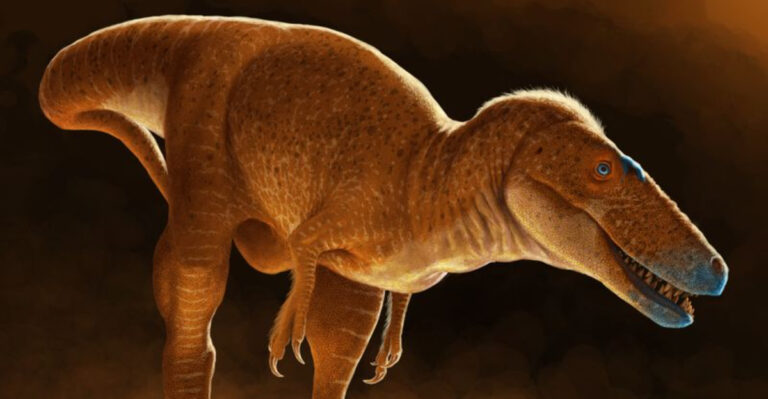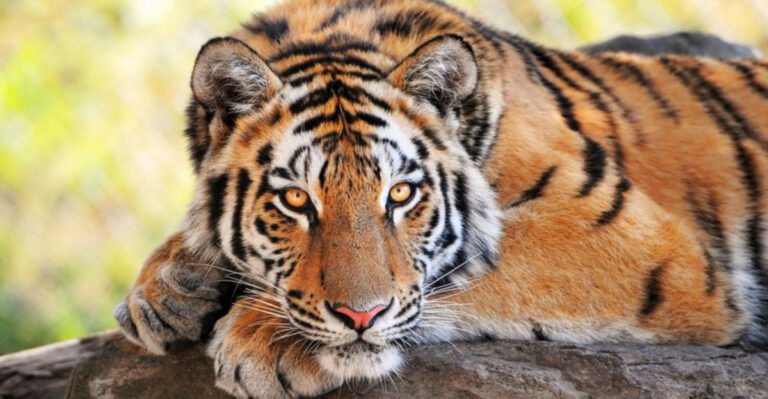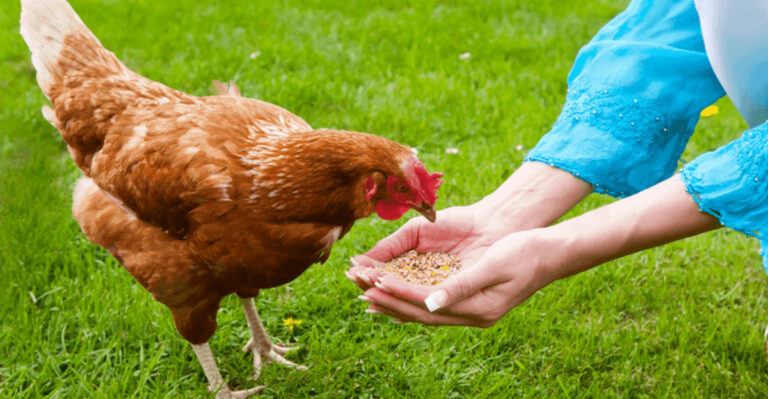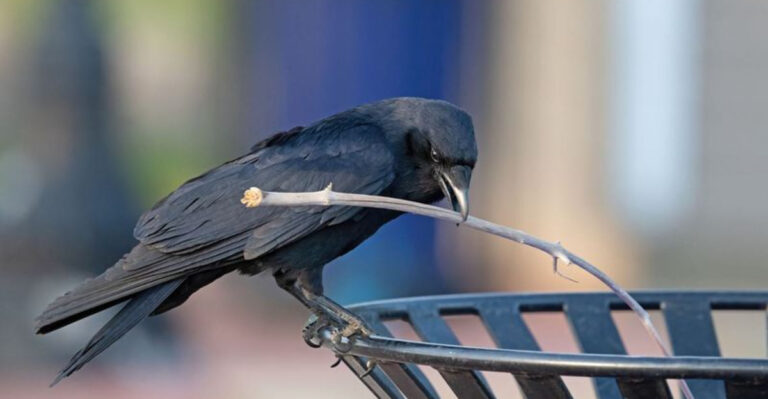The Most Controversial Wildlife Species In Each U.S. State
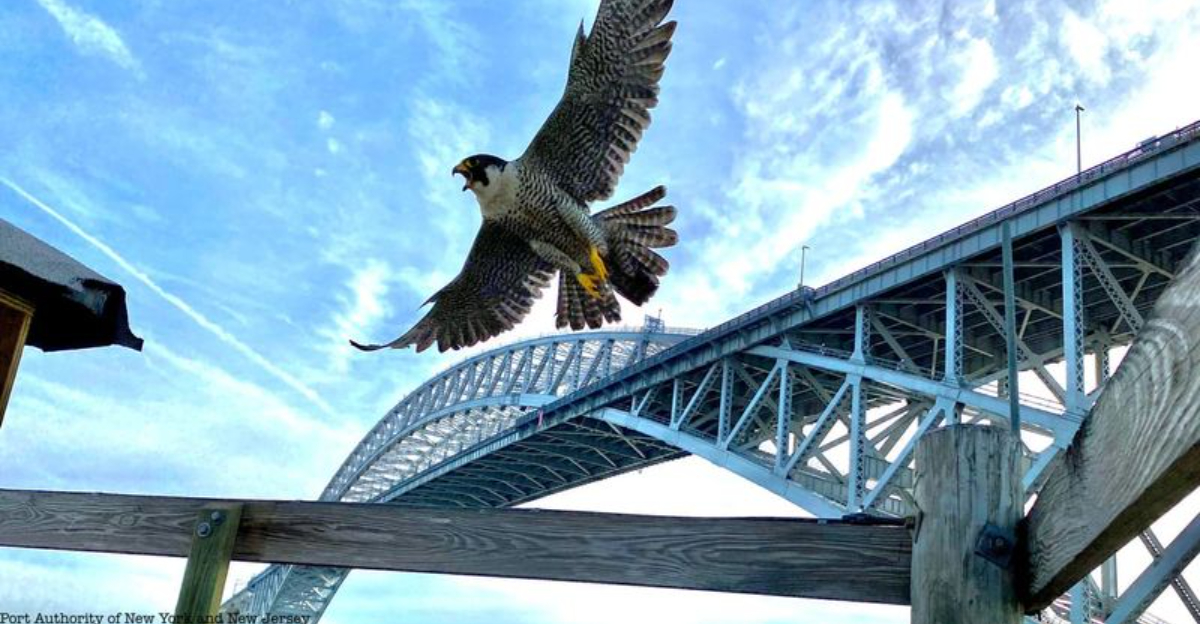
In every U.S. state, there lurks a creature that sparks debate and divides opinions. From the elusive lynx of the north to the vibrant coral snakes of the south, these animals leave a mark on their habitats and our hearts.
This list dives into the unique world of wildlife controversies across America. We explore what makes each species so controversial, their unique traits, and their challenges.
Whether it’s due to conservation efforts, human interaction, or misunderstood behaviors, these creatures continue to intrigue. Join us as we reveal the most controversial wildlife species in each state.
Alabama – Eastern Indigo Snake
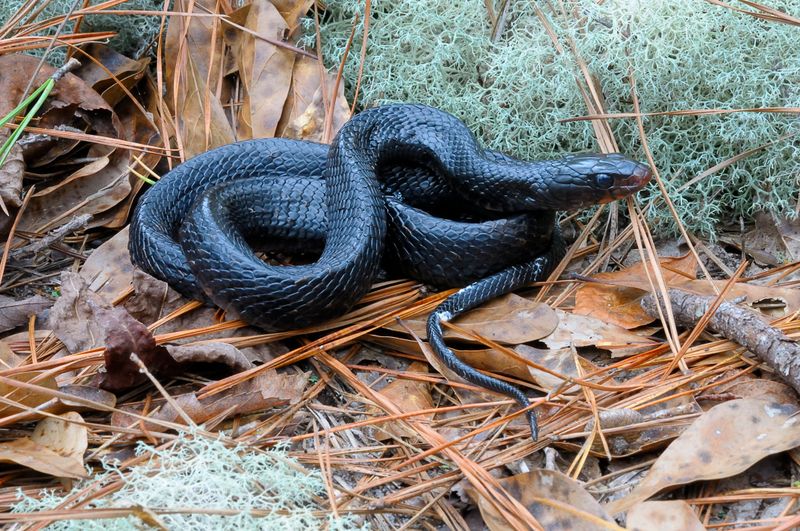
In Alabama, the eastern indigo snake takes the spotlight. Known for its glossy, blue-black scales, this snake is both beautiful and threatened. The longest native snake in the U.S., it can grow up to 8 feet long.
Conservationists are passionate about its protection, but its presence near human habitats stirs debate. Some locals fear its size and potential danger, despite its non-venomous nature.
Efforts to reintroduce it to Alabama have been met with mixed reactions. Its decline is attributed to habitat destruction and competition with other species, making it a symbol of conservation efforts in the state.
Alaska – Polar Bear
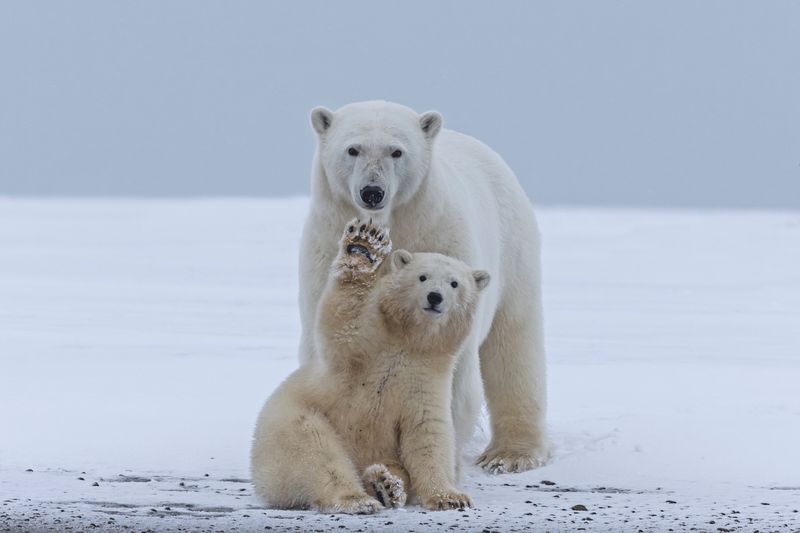
In Alaska, the polar bear reigns supreme. These majestic creatures are symbols of the Arctic but are facing severe threats due to climate change. As ice melts, their hunting grounds diminish, leading to increased human encounters.
Conservationists warn of their declining numbers, sparking debates on environmental policies. Native communities see polar bears as part of their cultural heritage, often clashing with governmental regulations.
The balance between preserving the species and respecting indigenous rights is delicate. Discussions about polar bears often highlight broader environmental issues, making them a central figure in Alaska’s wildlife controversies.
Arizona – Mexican Gray Wolf
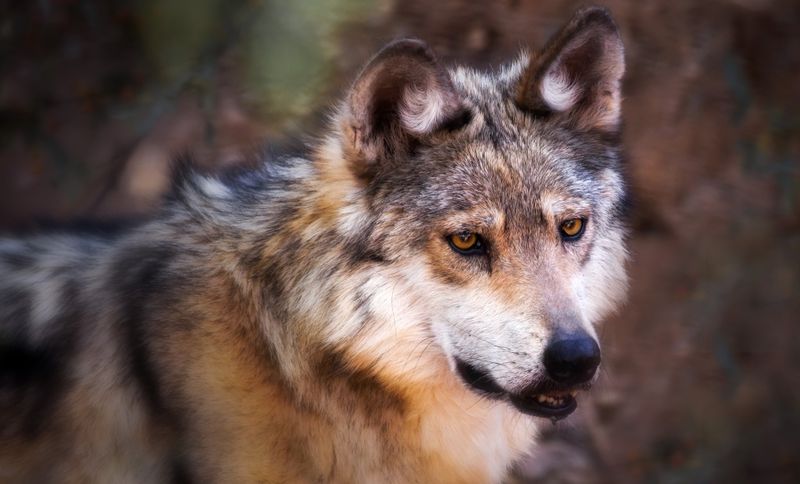
Arizona’s desert is home to the elusive Mexican gray wolf. Once nearly extinct, this subspecies of the gray wolf has been reintroduced with much debate. Ranchers worry about livestock losses, while environmentalists champion their return.
The wolves’ presence sparks conversations about biodiversity and ecosystem balance. Their haunting howl is both feared and revered, echoing through the desert nights. Conflicts arise between wolf packs and human settlements, making their survival a complex issue.
Each wolf sighting in Arizona becomes a topic of discussion, symbolizing a broader struggle between nature and human interests.
Arkansas – American Alligator
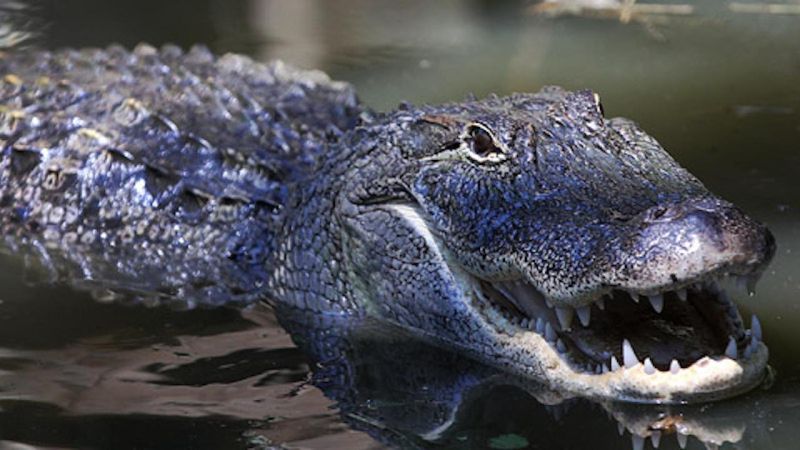
In the swamps of Arkansas, the American alligator draws attention. These ancient reptiles are both feared and respected by locals. Once on the brink of extinction, they have made a remarkable comeback. Their resurgence, however, brings them into frequent contact with humans.
Alligators in swimming areas create a controversial scenario, blending awe with fear. Wildlife officials often remind people of their ecological importance, balancing the narrative.
The alligator’s powerful presence is a testament to successful conservation, yet it remains a topic of hot debate in Arkansas.
California – Mountain Lion
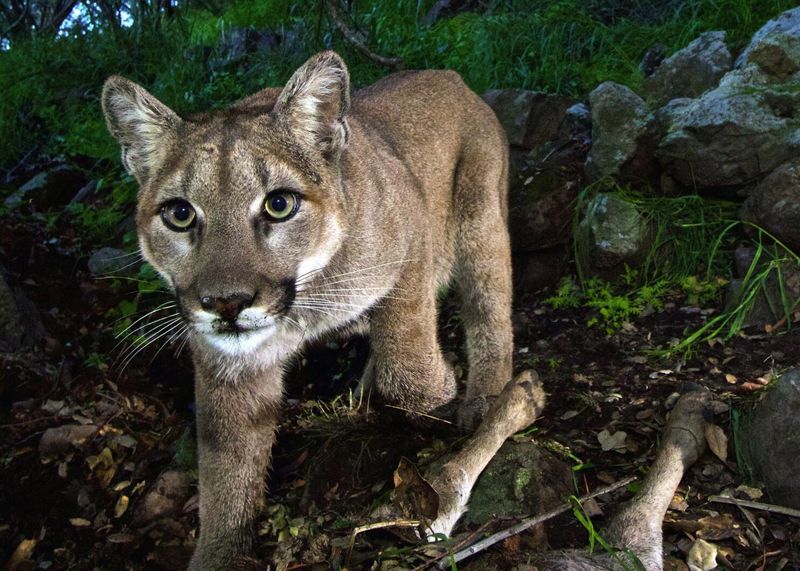
California’s mountain lion prowls through forests and mountains, stirring strong emotions. Known for their elusive nature, they’re seldom seen but often discussed. Urban expansion pushes these big cats into suburban areas, leading to encounters that ignite public concern.
Conservationists advocate for their protection, highlighting ecological roles. Meanwhile, residents worry about safety and livestock. This delicate balance between coexistence and conflict defines the mountain lion’s controversial status.
Each sighting becomes a viral sensation, reflecting the ongoing tension. Their presence underscores the complex relationship between wildlife and urban life in California.
Colorado – Gray Wolf
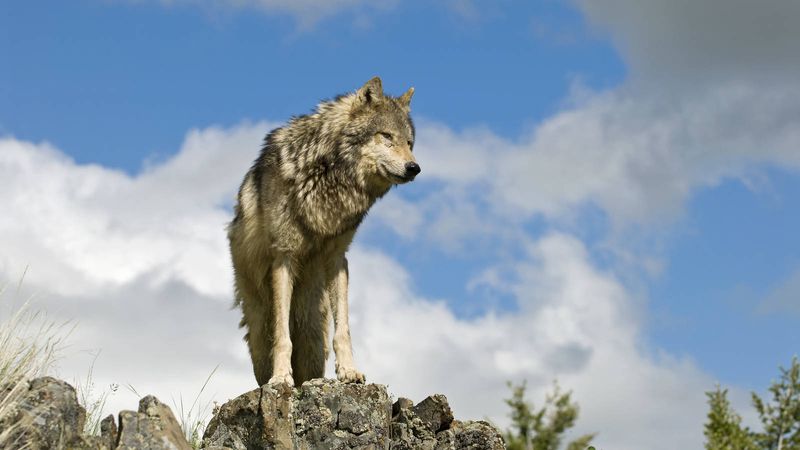
The gray wolf’s return to Colorado has been nothing short of controversial. Reintroduction efforts aim to restore ecological balance, but not everyone is pleased. Ranchers express concern over potential livestock losses. Environmentalists argue that wolves are vital for maintaining healthy ecosystems.
The debate rages in town halls and across media platforms. Wolves symbolize both wild freedom and potential danger, sparking passionate discussions.
Their howls echo as a reminder of nature’s untamed spirit, captivating those who appreciate wilderness. The gray wolf is a symbol of Colorado’s commitment to biodiversity and natural heritage.
Connecticut – Eastern Coyote
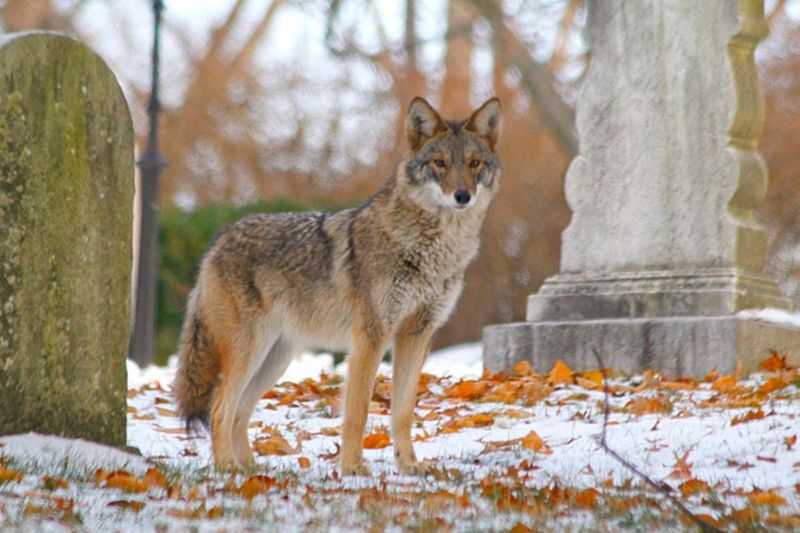
Connecticut’s wildlife spotlight often shines on the Eastern coyote. These adaptable creatures thrive in suburban areas, leading to mixed reactions. Some residents admire their cunning survival skills, while others fear for pets and property.
Coyotes’ presence offers lessons in adaptability, but not without controversy. They’ve filled ecological niches left by other predators, causing shifts in local ecosystems. Debates continue over management strategies and coexistence.
Their haunting cries can be unsettling to hear at night, stirring both fear and fascination. The Eastern coyote remains a controversial figure in Connecticut’s wildlife narrative.
Delaware – Red Fox
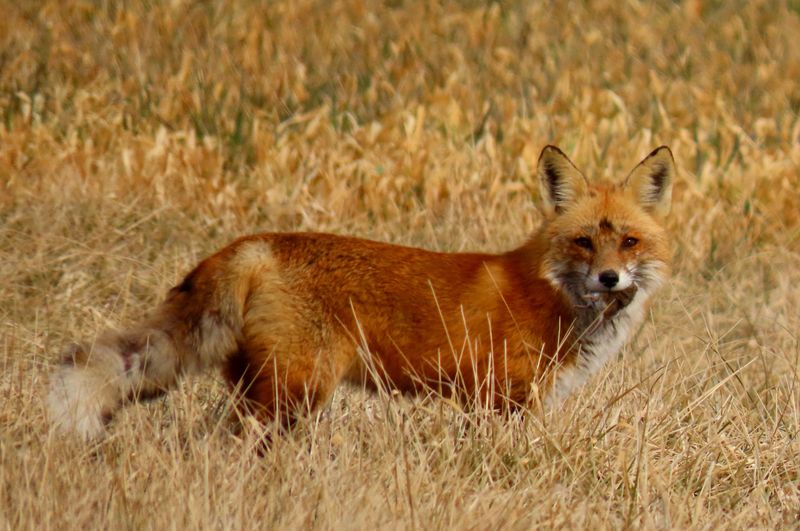
In Delaware, the red fox is a charming yet controversial character. Known for its cunning nature, it’s a frequent visitor to suburban neighborhoods. While many admire its beauty and adaptability, others see it as a nuisance.
Foxes are skilled hunters, impacting local wildlife. Debates arise over their ecological role and human interactions. Their nocturnal escapades often lead to backyard dramas, keeping residents talking.
The red fox’s presence in Delaware is a reminder of nature’s adaptability amidst urban sprawl. Each sighting is a glimpse into the wild, sparking curiosity and conversation.
Florida – Florida Panther
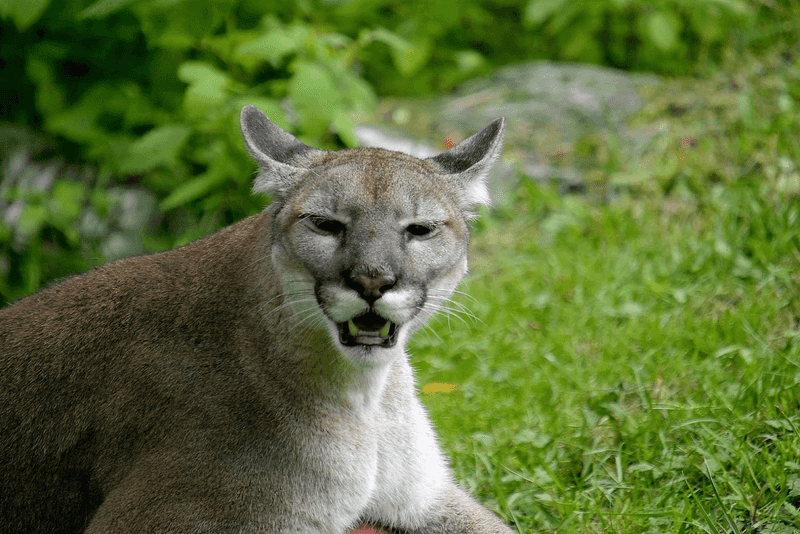
The Florida panther prowls the swamps and forests, embodying both mystery and controversy. As one of the most endangered mammals in the U.S., their survival is a hot topic. Habitat loss and vehicle collisions are significant threats.
Conservation efforts are substantial, yet debates persist over land use and wildlife corridors. Panthers symbolize wild Florida, their presence cherished yet challenging. Their haunting calls echo across the Everglades, stirring emotions.
Each encounter with these elusive cats reminds us of the delicate balance between development and preservation. The Florida panther is both a symbol of hope and a subject of debate.
Georgia – Gopher Tortoise
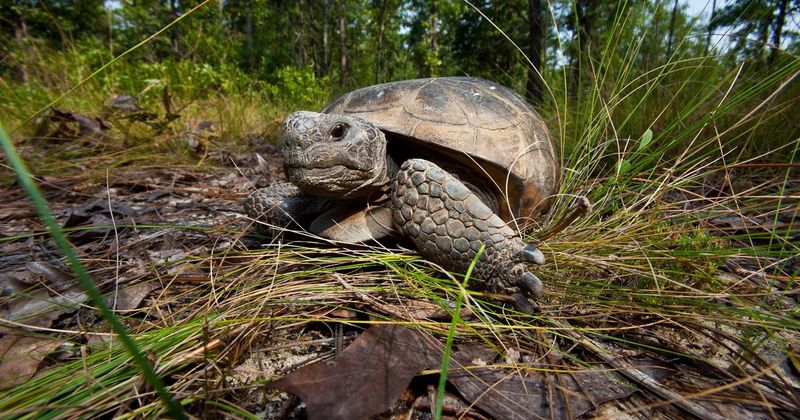
In Georgia’s sandy soils, the gopher tortoise digs its way into controversy. These slow-moving reptiles are vital to their ecosystems, creating burrows that house many species. However, habitat destruction threatens their existence, leading to conservation challenges.
Their presence often collides with development, sparking debates over land use. As a keystone species, their survival impacts broader ecological balances. Tortoises’ unhurried pace belies their importance, making them a symbol of ecological stewardship.
Each tortoise sighting sparks conversations about conservation priorities and the need for sustainable development.
Hawaii – Hawaiian Monk Seal
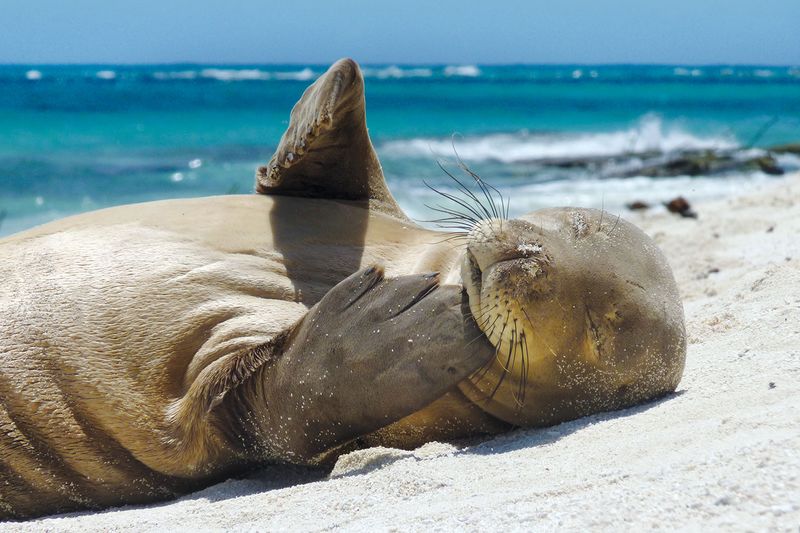
The Hawaiian monk seal is both a cherished symbol and a controversial figure on the islands. With fewer than 1,500 left, they are critically endangered. Their presence on popular beaches sometimes leads to human-wildlife conflicts.
Conservationists stress the importance of protecting these seals, but local fishing communities voice concerns over fish stocks. The seals’ playful antics charm onlookers, yet their survival depends on careful management.
They represent a broader challenge of balancing tourism, conservation, and local livelihoods. Each monk seal sighting is a reminder of Hawaii’s rich natural heritage and the ongoing battle for preservation.
Idaho – Chinook Salmon
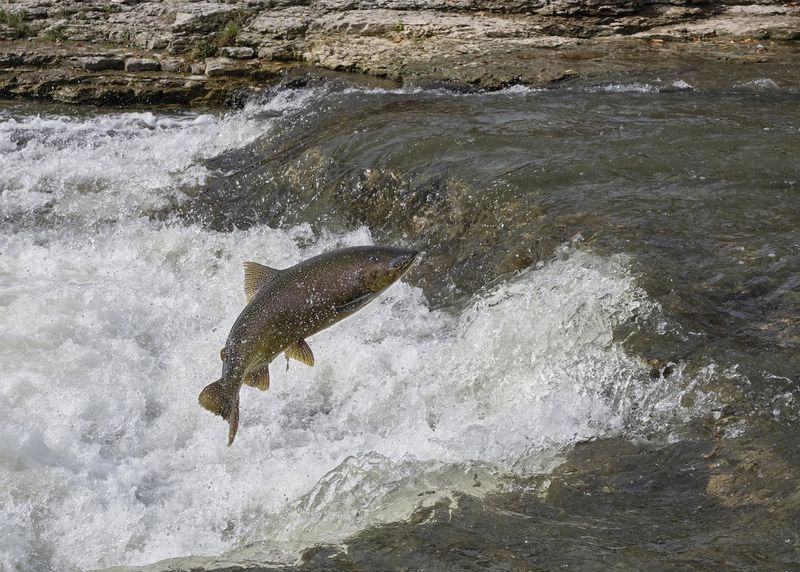
Idaho’s rivers are home to the mighty Chinook salmon, a fish that swims through controversy. Their life cycle and migration are natural wonders, yet human activities pose significant threats. Dams, pollution, and overfishing have impacted their numbers.
Conservation efforts aim to restore populations, sparking debates over water rights and energy needs. Salmon are vital to local ecosystems and indigenous cultures, underscoring their importance beyond economic value.
Each salmon’s journey upstream is a symbol of resilience and determination. They highlight the complex interplay between development and environmental stewardship in Idaho.
Illinois – White-tailed Deer
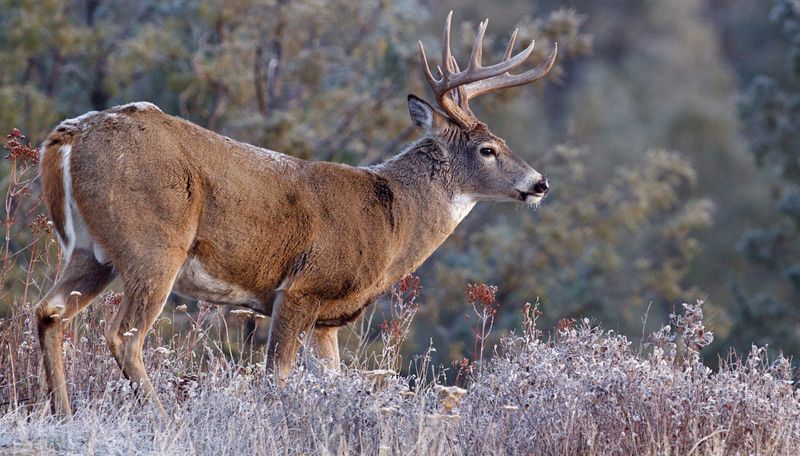
In Illinois, the white-tailed deer is both a beloved and controversial presence. Known for their beauty and grace, they also pose challenges to agriculture and traffic. Their population thrives, leading to debates over management and hunting policies.
Deer are often seen grazing in suburban backyards, a sight that delights and frustrates residents. Conservationists discuss the balance between healthy populations and ecological impact.
These deer symbolize the connection between wildlife and human communities. Each encounter with a white-tailed deer in Illinois is a reminder of nature’s persistence in shared spaces.
Indiana – Indiana Bat
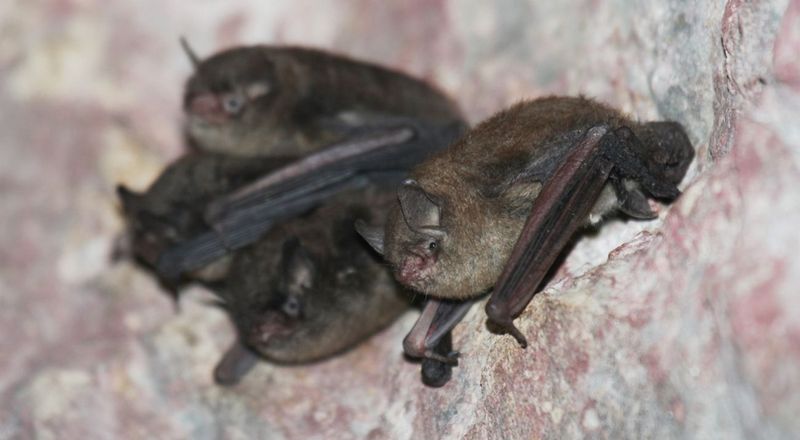
The Indiana bat flutters through the night, casting a shadow of controversy across its namesake state. As endangered species, their conservation is critical, yet challenging. Bats play essential roles in insect control and pollination, but their roosting habits often conflict with human interests.
Cave disturbances and habitat loss threaten their survival. Conservationists push for protection measures, but these often clash with development plans.
Each fluttering bat reminds us of the delicate balance between progress and preservation. The Indiana bat’s presence is a testament to the complexity of wildlife management in a changing world.
Iowa – Bald Eagle
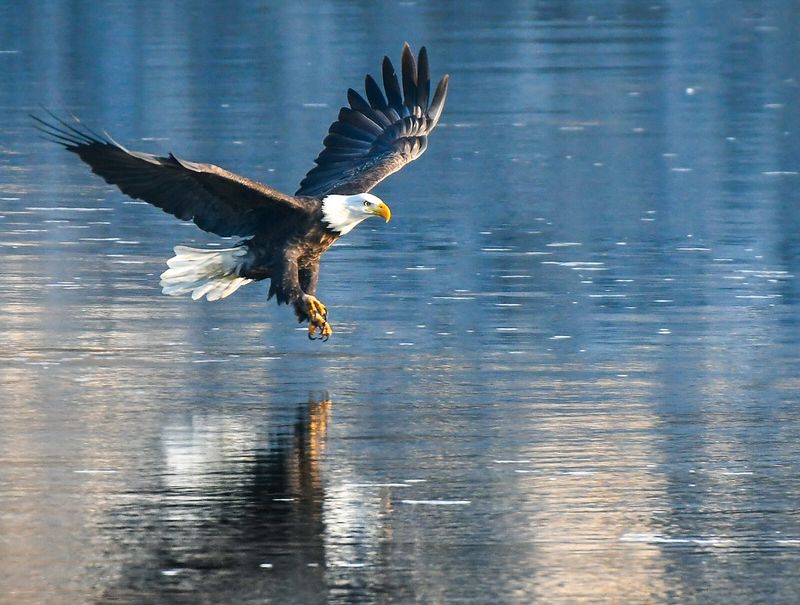
The bald eagle, America’s national symbol, soars proudly over Iowa’s rivers. Once endangered, their recovery is a conservation success story. However, their presence near populated areas sparks debates over habitat management.
Eagles are awe-inspiring, but they also face threats from pollution and climate change. Conservationists aim to protect their habitats, balancing human activities with wildlife needs.
Each eagle sighting is a reminder of nature’s triumphs and challenges. In Iowa, the bald eagle embodies national pride and conservation efforts, soaring above the landscape as a symbol of resilience and hope.
Kansas – Greater Prairie Chicken
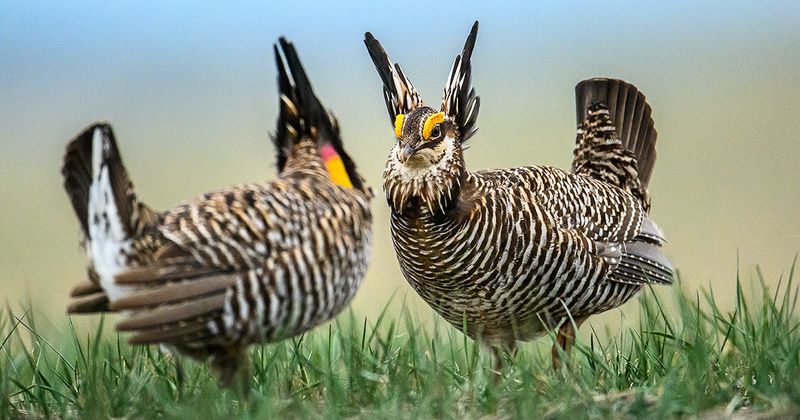
In Kansas, the greater prairie chicken performs a dance that’s both entertaining and controversial. Known for their elaborate courtship displays, they’re symbols of the prairie ecosystem. Habitat loss and agricultural expansion threaten their populations, leading to conservation debates.
Efforts to preserve grasslands are met with mixed responses from local communities. The chickens’ unique rituals captivate wildlife enthusiasts but pose challenges for land management.
Each booming call in the grasslands echoes the struggle to balance agriculture and conservation. The greater prairie chicken is a reminder of the delicate dance between human needs and nature’s rhythms.
Kentucky – Elk
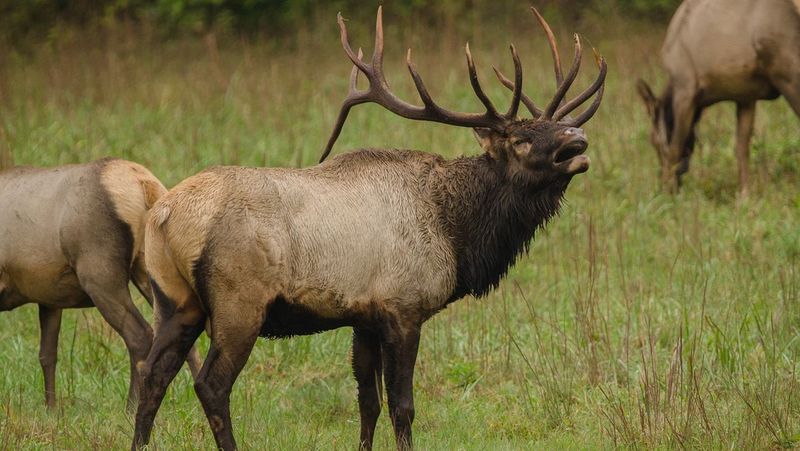
In Kentucky, elk roam the rolling hills, stirring both admiration and controversy. Reintroduced to the state, their growing population is a conservation success. However, they also impact local agriculture, leading to debates on management.
Elk are a symbol of wilderness, yet their presence challenges rural communities. Conservationists highlight their ecological benefits, while farmers seek solutions to crop damage. The sight of a majestic bull elk evokes awe and respect.
In Kentucky, elk represent the broader conversation about wildlife restoration and human coexistence. Their presence marks a triumphant return to the landscape, with all its complexities.
Louisiana – Nutria
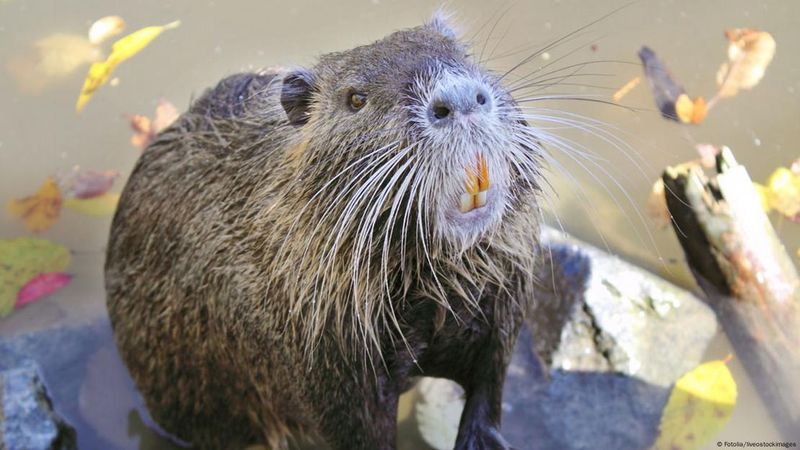
The nutria, a curious creature in Louisiana’s bayous, is both a pest and a point of contention. Introduced for fur farming, they now ravage wetlands, causing ecological damage. Their voracious appetite for vegetation leads to habitat loss for native species.
Control measures spark debates over ethics and effectiveness. Nutria are often seen as symbols of human impact on nature, highlighting invasive species challenges. Their presence in Louisiana is a reminder of the unintended consequences of introduction.
Each nutria sighting underscores the ongoing struggle to balance economic interests with ecological preservation.
Maine – Canadian Lynx
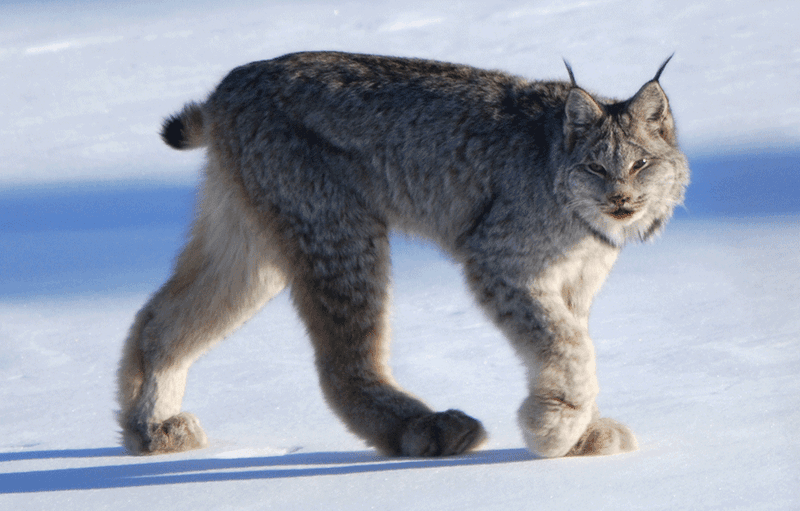
In the snowy forests of Maine, the Canadian lynx prowls with an air of mystery. These elusive cats are both captivating and controversial. Protected under the Endangered Species Act, their habitat overlaps with logging areas.
This leads to tensions between conservationists and the logging industry. Lynx are vital predators, maintaining balance in local ecosystems. Their large, furry paws allow them to move silently through snow, making sightings rare but exhilarating.
Each glimpse of a lynx is a reminder of the wild, untamed nature of Maine’s wilderness. The Canadian lynx is a symbol of the challenges in balancing conservation and industry.
Maryland – Blue Crab
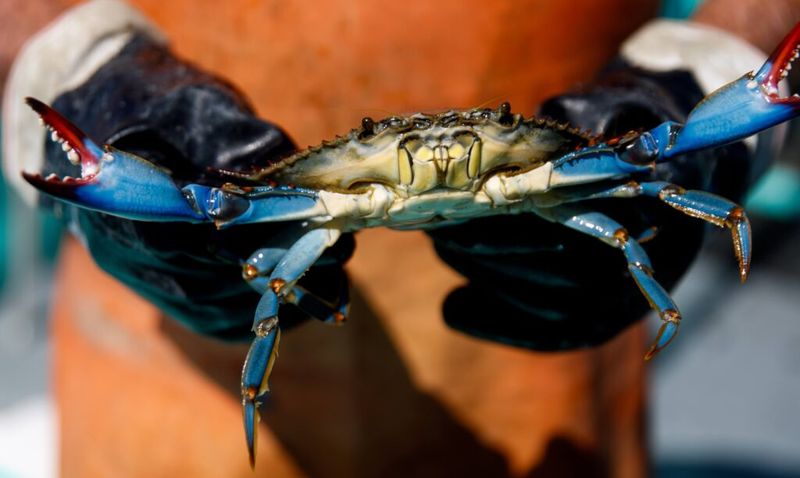
Maryland’s blue crab is both a culinary delight and a subject of debate. These crabs are essential to the Chesapeake Bay’s ecosystem and economy. Overfishing and pollution threaten their populations, leading to conservation efforts.
Seasonal harvesting regulations spark discussions among fishermen and environmentalists. The blue crab is a symbol of Maryland’s cultural heritage, yet its future is uncertain. Each catch is a testament to the delicate balance between tradition and sustainability.
In Maryland, the blue crab embodies the challenges of managing natural resources wisely. Their presence in the bay is a reminder of the ongoing need for conservation.
Massachusetts – Piping Plover
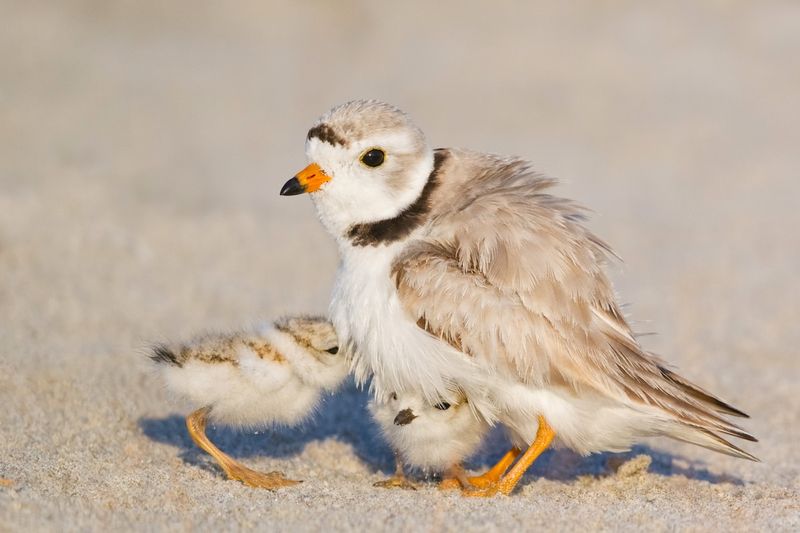
The piping plover, a small shorebird, scuttles along Massachusetts beaches, stirring both affection and controversy. As a threatened species, their nesting areas are protected, leading to beach access restrictions.
This sparks debates among conservationists, residents, and tourists. Plovers’ delicate eggs and chicks are vulnerable, demanding careful management. Their plaintive calls fill the air, a reminder of nature’s fragility.
Efforts to protect them highlight broader issues of habitat conservation and human impact. Each plover sighting on the beach is a glimpse into the challenges of preserving biodiversity in popular recreation areas.
Michigan – Gray Wolf
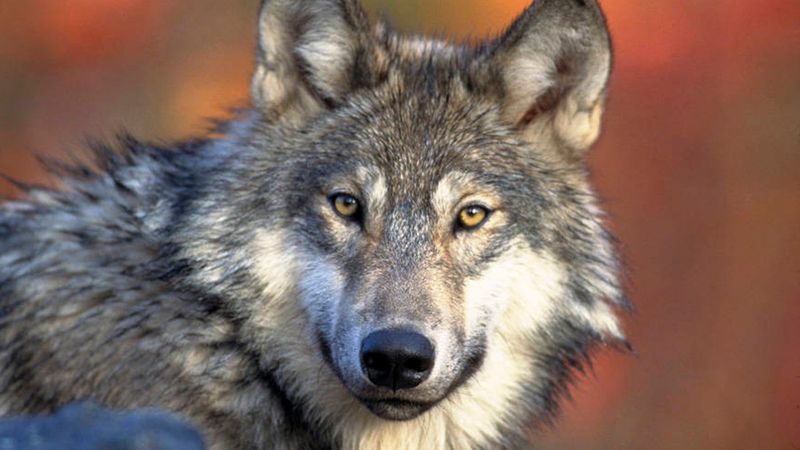
Michigan’s gray wolf prowls through dense forests, embodying both wilderness and controversy. Once nearly extinct, their recovery is a conservation success but comes with challenges. Wolves impact livestock, leading to tensions with farmers.
Conservation efforts highlight their role in ecosystem balance, sparking debates. Each wolf howl echoes the wild spirit of Michigan’s northwoods. Wolves symbolize both fear and fascination, bridging the gap between human and wilderness.
The gray wolf’s presence in Michigan is a testament to nature’s resilience and the ongoing conversation about coexistence. Their return is a complex story of triumph and tension.
Minnesota – Common Loon
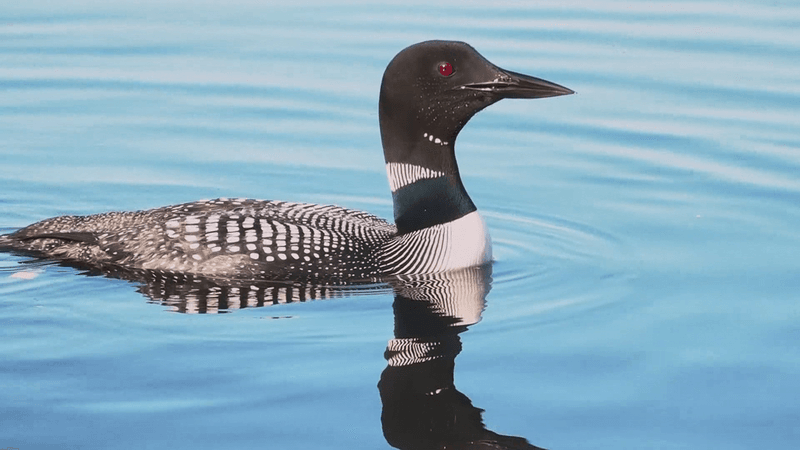
Minnesota’s lakes are graced by the haunting calls of the common loon. As the state bird, they’re beloved but not without controversy. Pollution and habitat loss threaten their populations, sparking conservation efforts. Loons symbolize the wild beauty of Minnesota’s waters, yet face challenges from human activities.
Each echoing call is a reminder of the delicate balance between nature and development. Conservationists and residents work to protect these iconic birds, highlighting broader environmental concerns.
The common loon remains a cherished symbol of Minnesota’s natural heritage, its presence a testament to both beauty and fragility.
Mississippi – Black Bear
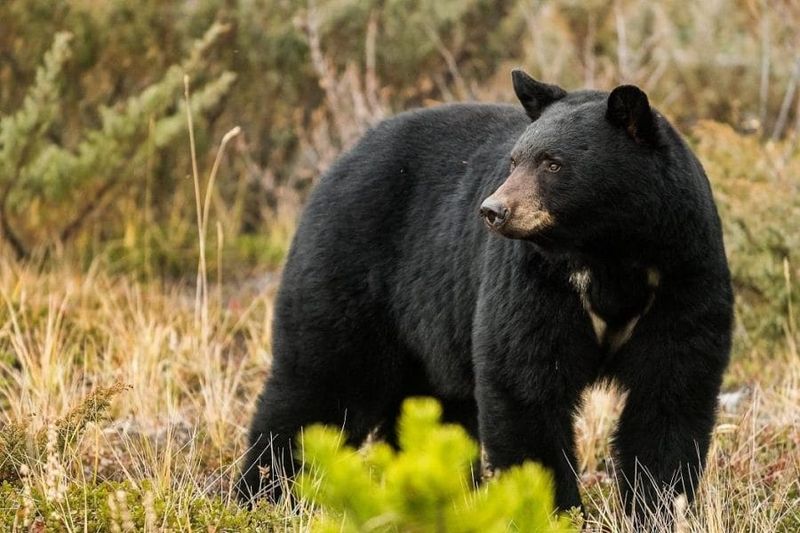
The black bear roams Mississippi’s woodlands, where its presence is both captivating and contentious. As their population recovers, human-bear interactions increase, sparking debates. Residents often express concerns over safety and property damage.
Conservationists emphasize the bear’s ecological role, advocating for coexistence strategies. Each bear sighting is a reminder of the wild spirit still thriving in Mississippi.
Bears evoke both admiration and caution, underscoring the balance needed in wildlife management. The black bear’s resurgence in Mississippi is a testament to successful conservation, yet it remains a topic of discussion and concern.
Missouri – Ozark Hellbender
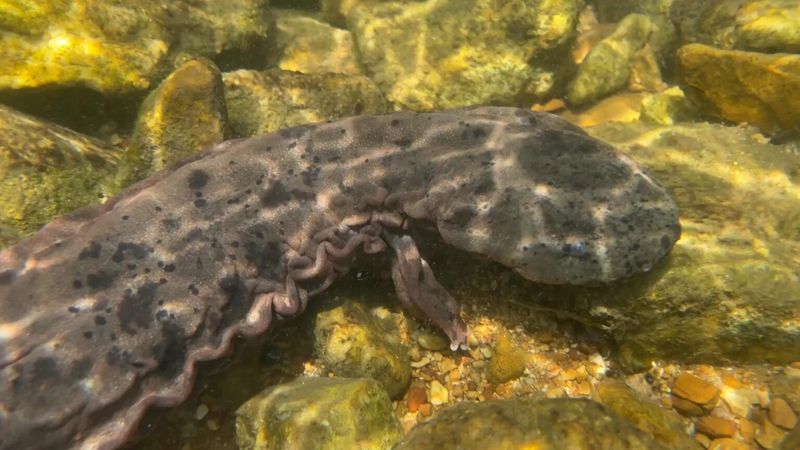
The Ozark hellbender, Missouri’s peculiar salamander, slinks through cool, clear streams. Known for its wrinkled skin and elusive nature, it’s both fascinating and controversial. Habitat degradation and water pollution threaten its survival.
Conservationists work tirelessly to protect this rare amphibian, often facing challenges from development interests. Hellbenders play crucial roles in aquatic ecosystems, yet their plight often goes unnoticed. Each sighting is a reminder of the complex interactions between land, water, and life.
The Ozark hellbender embodies the challenges of aquatic conservation in Missouri, highlighting the need for careful environmental stewardship.
Montana – Grizzly Bear
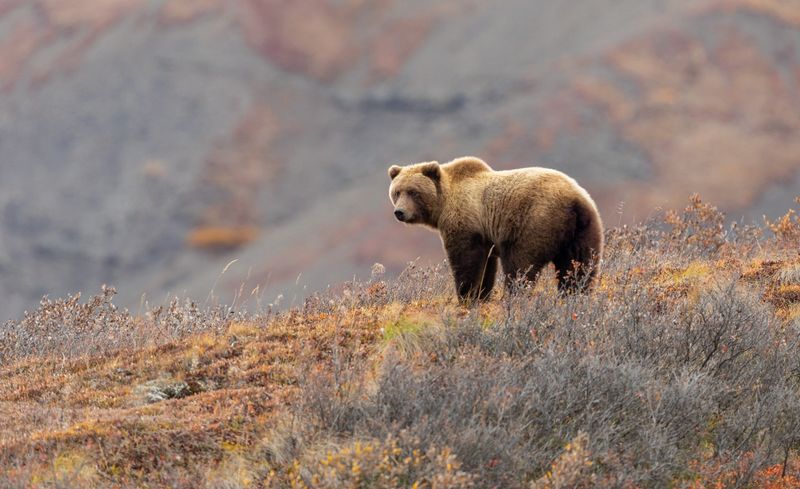
In Montana’s rugged terrain, the grizzly bear stands as a powerful symbol of wilderness and controversy. Once endangered, their populations have rebounded, sparking debates over management. Grizzlies evoke awe, yet their presence near human settlements causes concern.
Conservationists advocate for protection, while landowners seek safety measures. The balance between preserving these majestic creatures and ensuring public safety is delicate. Each bear sighting stirs a mix of wonder and wariness, reflecting the complex relationship between humans and wildlife.
The grizzly bear’s presence in Montana is a testament to the challenges of managing iconic species in modern landscapes.
Nebraska – Sandhill Crane
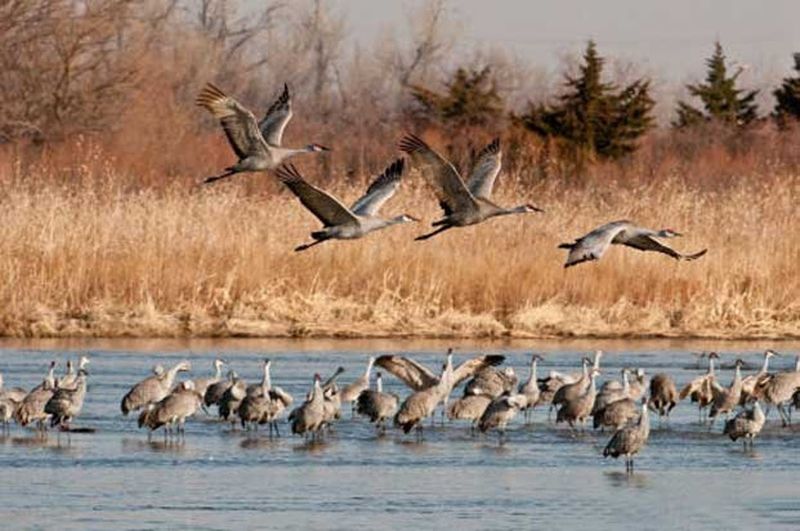
Nebraska’s skies fill with the graceful flight of sandhill cranes during their migration, sparking both admiration and concern. These majestic birds congregate in large numbers, a spectacle that draws wildlife enthusiasts.
However, their presence in agricultural areas leads to debates over land use and conservation. Farmers express concerns about crop damage, while conservationists stress the ecological benefits of preserving crane habitats.
Each crane’s call echoes through the plains, a reminder of the delicate interplay between wildlife and agriculture. The sandhill crane’s migration through Nebraska highlights broader issues of habitat protection and land management.
Nevada – Desert Tortoise
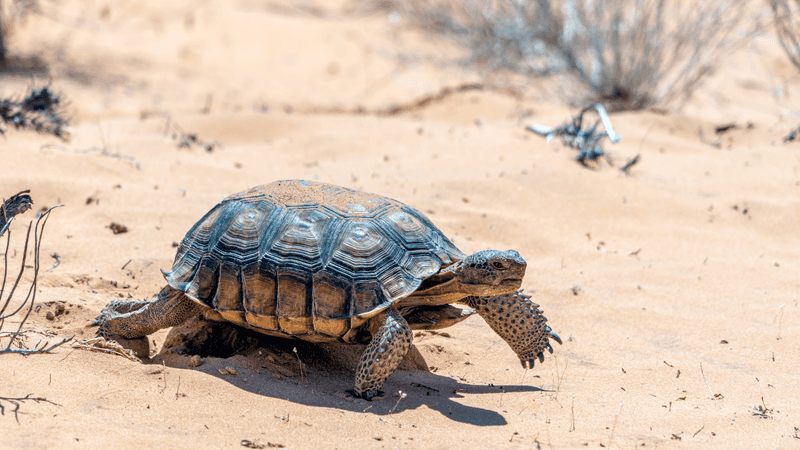
In Nevada’s harsh deserts, the desert tortoise trudges on, embodying resilience and controversy. As a threatened species, their protection is critical, but not without challenges. Habitat loss and illegal collection pose significant threats.
Conservationists work to preserve their habitats, sometimes clashing with development interests. Tortoises symbolize survival against the odds, yet their future is uncertain. Each slow, deliberate step in the desert highlights the ongoing struggle between conservation and progress.
The desert tortoise’s presence in Nevada is a testament to the need for careful stewardship of fragile ecosystems.
New Hampshire – Bobcat
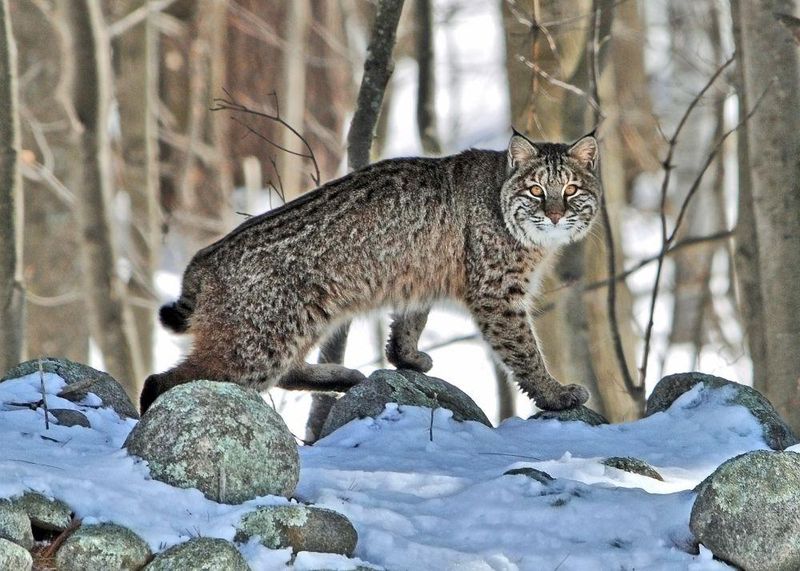
In the forests of New Hampshire, the bobcat prowls with an air of mystery. Known for their elusive nature, bobcats are both admired and misunderstood. As their populations grow, human encounters increase, sparking discussions about coexistence.
Bobcats play vital roles in controlling prey populations, yet face habitat challenges. Conservation efforts aim to maintain healthy ecosystems, while residents navigate living alongside these secretive cats.
Each glimpse of a bobcat is a reminder of the wild, untamed spirit of New Hampshire’s landscapes. The bobcat’s presence highlights the complexities of wildlife management in shared environments.
New Jersey – Horseshoe Crab
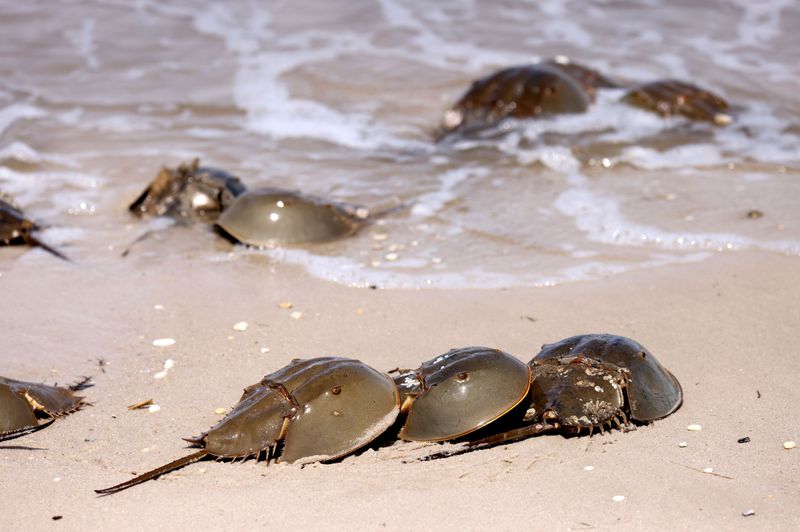
On New Jersey’s beaches, the horseshoe crab emerges as a living relic of ancient times. These fascinating creatures are critical for biomedical research, yet their populations face threats from habitat loss.
Conservationists advocate for protection, clashing with developmental interests. Horseshoe crabs play essential roles in coastal ecosystems, but their declining numbers raise concerns.
Each spawning season draws attention, highlighting the intricate balance between nature and human impact. The horseshoe crab is a symbol of resilience and change. In New Jersey, they represent the challenges of preserving ancient species in a rapidly evolving world.
New Mexico – Mexican Spotted Owl
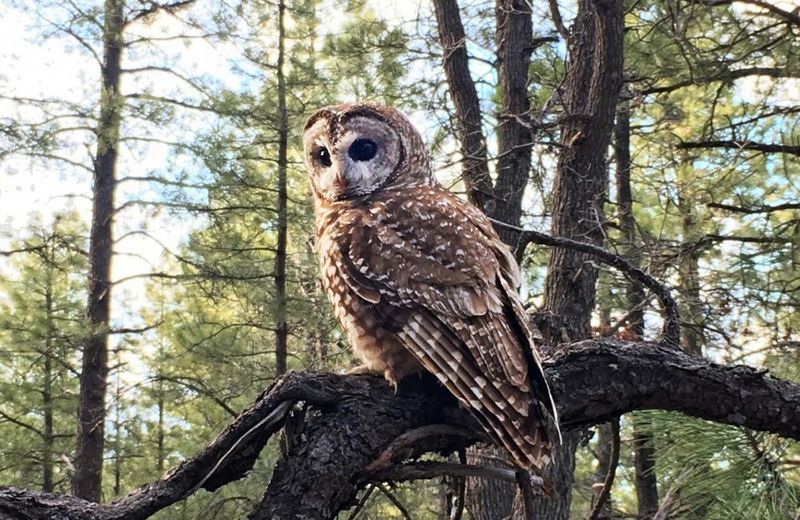
In New Mexico’s forests, the Mexican spotted owl casts a watchful gaze, stirring both admiration and debate. As a threatened species, their protection is vital yet controversial. Their habitats overlap with logging areas, leading to tensions between conservation and industry.
Owls symbolize wisdom and mystery, captivating those who glimpse them. Conservation efforts focus on habitat preservation, but face challenges from economic interests.
Each owl’s call echoes the need for balance between progress and preservation. The Mexican spotted owl’s presence in New Mexico is a reminder of the complexities in managing natural resources sustainably.
New York – Peregrine Falcon
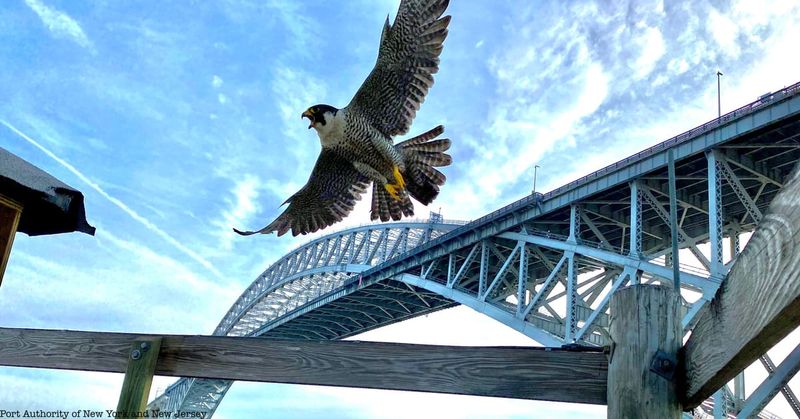
In the bustling cityscapes of New York, the peregrine falcon soars with unmatched speed. Once endangered, their comeback is a testament to successful urban wildlife management. Falcons adapt to high-rise nesting, captivating residents and tourists alike.
Their presence sparks conversations about coexistence within urban environments. Conservationists celebrate their return, highlighting broader efforts to maintain biodiversity in cities.
Each falcon’s dive is a spectacle of nature’s resilience amidst concrete jungles. The peregrine falcon’s presence in New York symbolizes the possibility of harmony between urban growth and ecological preservation.
North Carolina – Red Wolf
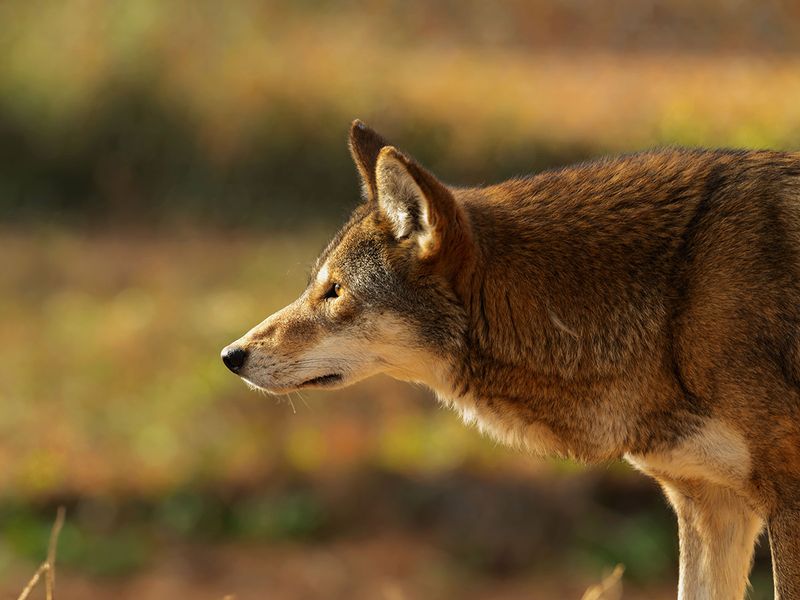
In North Carolina, the red wolf stands as a rare symbol of hope and controversy. Once extinct in the wild, reintroduction efforts strive to restore their populations. However, human-wolf conflicts pose challenges, sparking debates over conservation priorities.
Red wolves symbolize resilience, adapting to changing environments. Their presence in the coastal forests highlights broader discussions about biodiversity and habitat protection.
Conservationists work to balance ecological needs with local concerns. Each red wolf’s howl in North Carolina is a call for coexistence and understanding. Their journey marks a delicate path of recovery and integration.
North Dakota – Bison
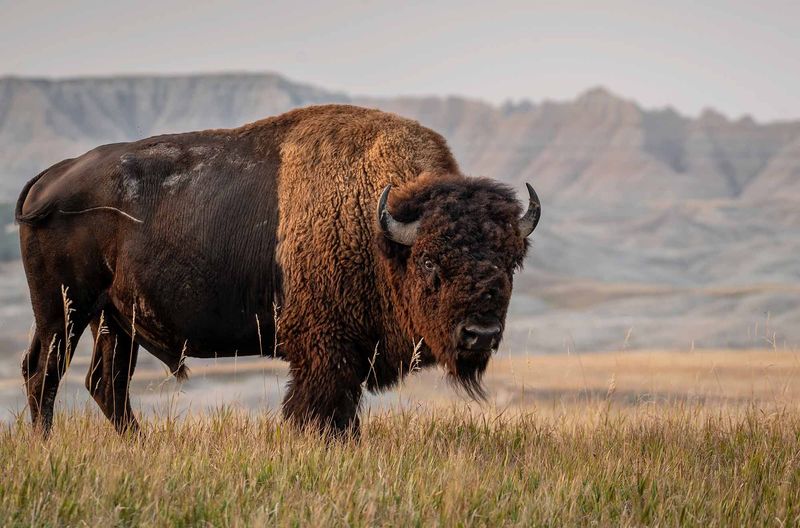
The bison, North Dakota’s iconic giant, roams the plains, a symbol of strength and survival. Once near extinction, their recovery highlights successful conservation efforts. Bison are central to indigenous cultures, yet their management sparks debates.
Ranchers express concerns over grazing competition, while conservationists emphasize ecological benefits. Each bison sighting evokes awe and respect, reflecting their historical significance. In North Dakota, bison symbolize the balance between preserving heritage and modern land use.
Their presence is a testament to resilience, embodying both past challenges and future hopes. Bison roam as a reminder of nature’s enduring power.
Ohio – Bald Eagle
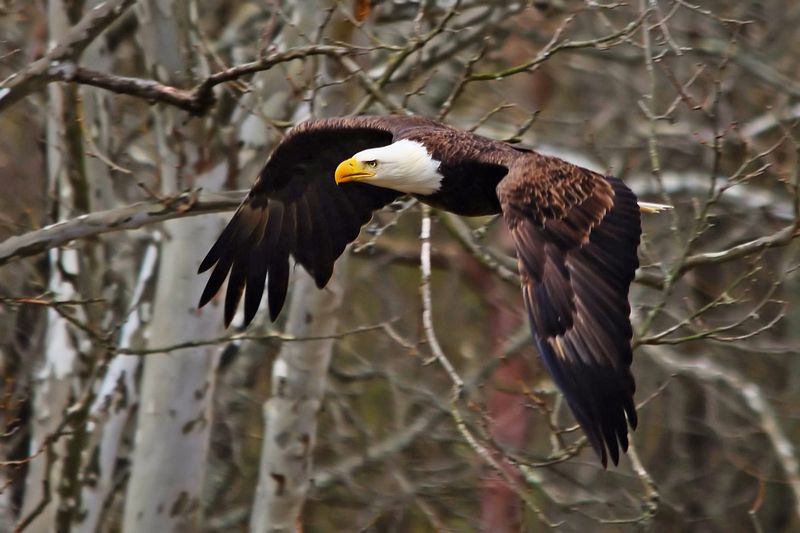
Ohio’s skies witness the regal presence of the bald eagle, a symbol of national pride. Their remarkable recovery from endangerment is celebrated, yet brings management challenges. Eagles thrive near waterways, leading to concerns about habitat conservation.
Their inspiring flight captivates onlookers, but also highlights broader environmental issues. Conservationists stress the need for habitat protection amidst development pressures. Each eagle’s flight is a testament to resilience and adaptability.
In Ohio, the bald eagle embodies the balance between nature’s grandeur and the responsibility to preserve it for future generations. Their presence is a soaring success story and a call to action.
Oklahoma – American Bison
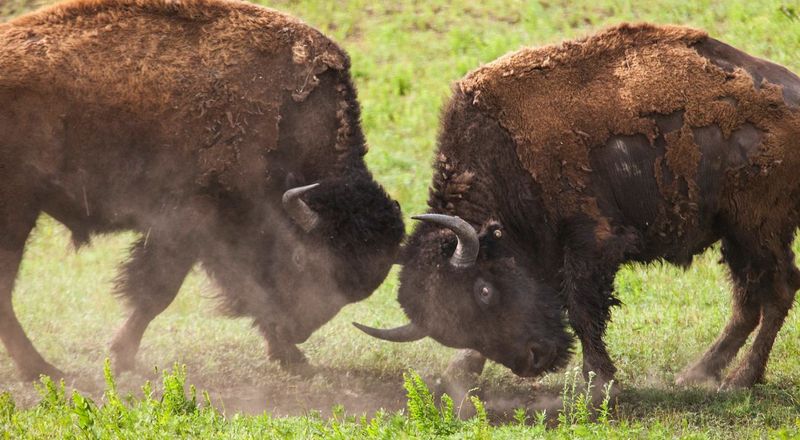
In the expansive prairies of Oklahoma, the American bison stands as a mighty figure of controversy. Once driven to near extinction, their resurgence is a conservation triumph. However, managing bison populations involves balancing ecological needs with agricultural interests.
Bison hold cultural significance, particularly for indigenous communities, yet raise concerns among ranchers. Each sighting invokes a sense of history and nature’s resilience.
Their presence symbolizes the ongoing dialogue between conservation and land use in Oklahoma. The American bison’s journey through the plains is a testament to strength and adaptation, embodying the spirit of the American wilderness.
Oregon – Northern Spotted Owl
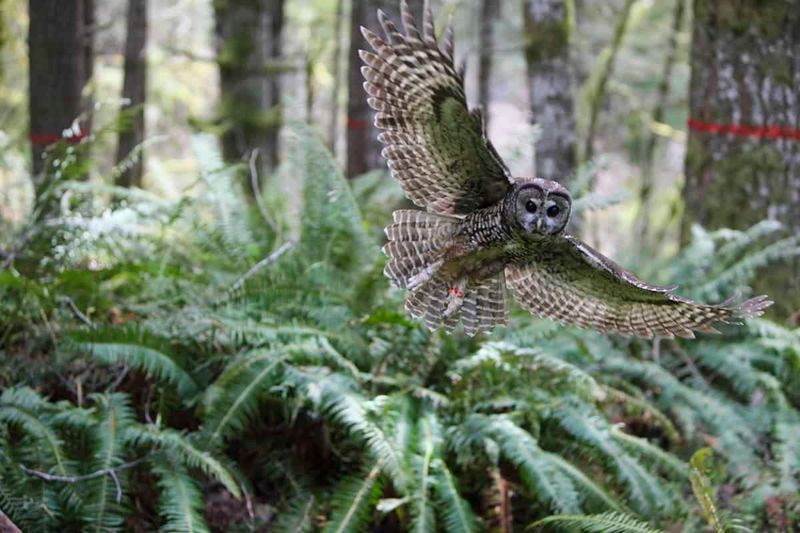
In Oregon’s lush forests, the northern spotted owl perches as a symbol of environmental debates. This elusive bird’s habitat overlaps with logging areas, leading to conflicts between conservation and industry.
Owls are indicators of forest health, yet their protection impacts economic activities. Conservationists push for preservation, while loggers advocate for resource access. Each owl’s call resonates through the forest, underscoring the need for balance.
The northern spotted owl embodies the complexities of managing natural resources sustainably. In Oregon, they highlight the intersection of ecology and economy, sparking passionate discussions and policy changes.
Pennsylvania – Eastern Timber Rattlesnake
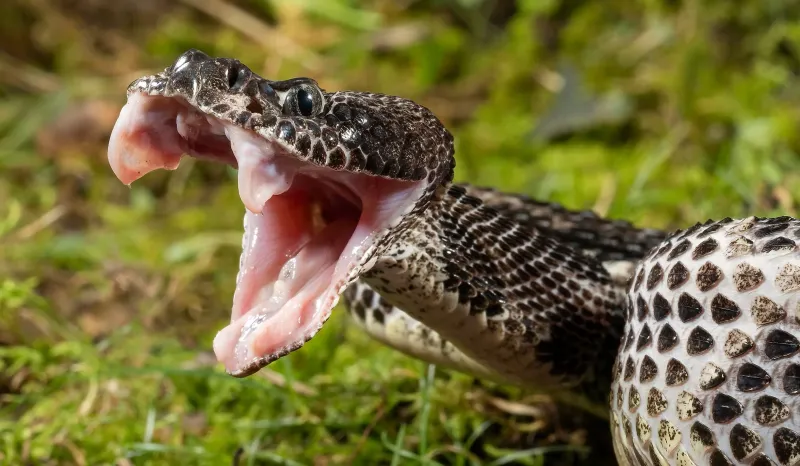
In Pennsylvania’s rocky landscapes, the Eastern timber rattlesnake slithers through controversy. Known for its distinctive rattle, this snake is both feared and misunderstood. Their presence in hiking areas sparks debates over safety and wildlife management.
Rattlesnakes play crucial roles in controlling pest populations, yet face habitat challenges. Conservationists emphasize their ecological importance, while residents express safety concerns. Each rattlesnake’s rattle is a reminder of nature’s complex dynamics.
The Eastern timber rattlesnake’s presence in Pennsylvania highlights the balance between appreciating wildlife and ensuring public safety. Their survival story is a testament to resilience and adaptation.
Rhode Island – Harbor Seal
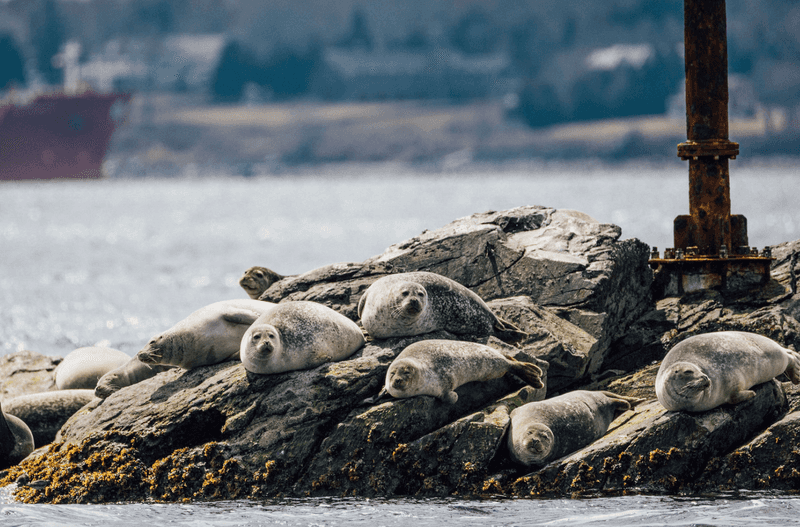
In the coastal waters of Rhode Island, the harbor seal finds both refuge and controversy. These playful marine mammals captivate tourists, yet their growing numbers raise concerns among fishermen. Seals are indicators of healthy marine environments, but also compete for fish stocks.
Conservationists advocate for coexistence strategies, balancing ecological health with economic interests. Each seal’s splash is a reminder of the challenges in marine conservation.
The harbor seal’s presence in Rhode Island highlights broader discussions about sustainable fisheries and wildlife management. Their playful antics bring joy, yet underscore the need for mindful stewardship.
South Carolina – Loggerhead Sea Turtle
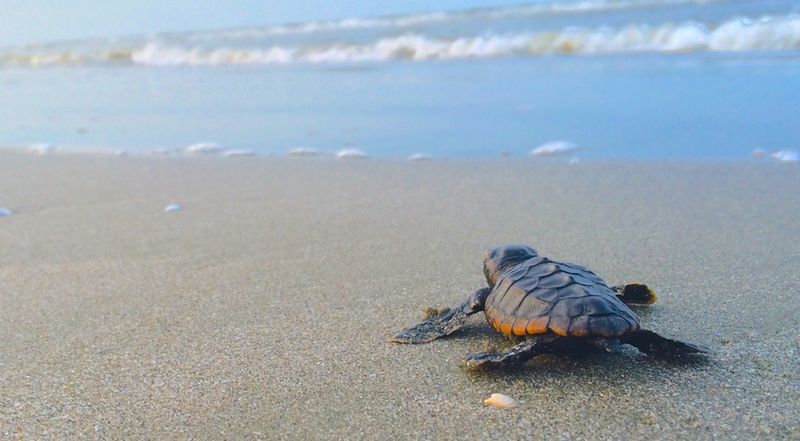
South Carolina’s shores witness the quiet grace of the loggerhead sea turtle, a creature of both wonder and concern. As a threatened species, their nesting sites are protected, leading to debates over beach access.
Turtles symbolize ancient wisdom and resilience, yet face threats from climate change and human activities. Conservation efforts focus on habitat protection and public awareness. Each turtle hatchling’s journey to the sea is a testament to survival and the delicate balance of marine ecosystems.
In South Carolina, the loggerhead sea turtle embodies the challenges of preserving biodiversity along busy coastlines. Their presence is a call to action for conservation and understanding.
South Dakota – Black-footed Ferret
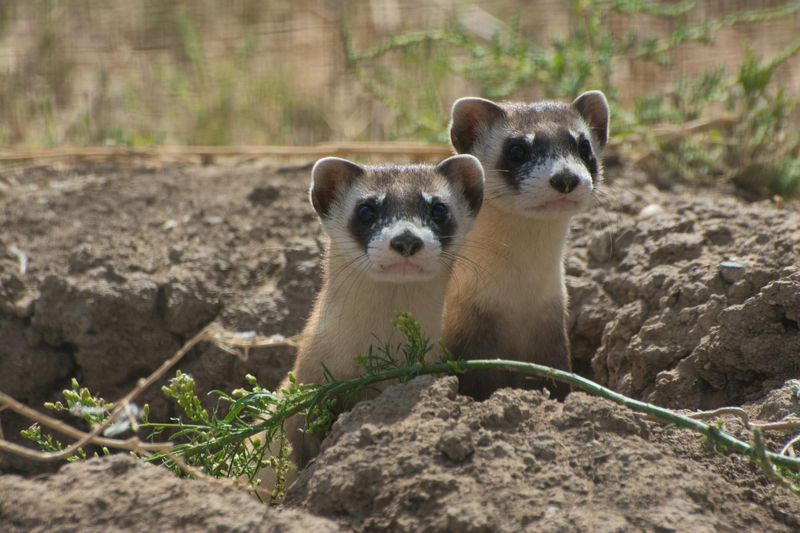
In South Dakota, the black-footed ferret emerges as a comeback story wrapped in controversy. Once thought extinct, they have been reintroduced to the prairies, sparking debates over land management.
Ferrets are key predators in their ecosystems, but their presence raises concerns among ranchers. Conservationists emphasize their role in maintaining biodiversity, advocating for protected habitats.
Each ferret’s playful leap through the grass highlights the delicate balance between restoration and modern land use. The black-footed ferret’s journey in South Dakota is a symbol of resilience and the ongoing conversation about coexisting with wildlife.
Tennessee – Eastern Box Turtle
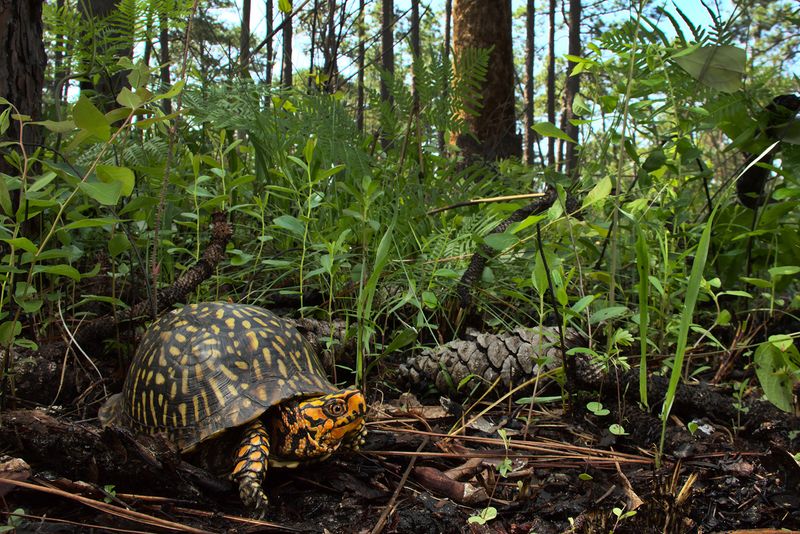
In the forests of Tennessee, the Eastern box turtle meanders with a slow, thoughtful pace. These charming reptiles are beloved but face challenges from habitat loss and road mortality.
Conservationists work to protect their habitats, often conflicting with development interests. Turtles symbolize patience and longevity, yet their future is uncertain. Each sighting is a reminder of nature’s quiet persistence amidst human encroachment.
The Eastern box turtle’s presence in Tennessee highlights the need for careful stewardship of shared landscapes. Their journey through the forest is a testament to resilience and the importance of habitat conservation.
Texas – Nine-banded Armadillo
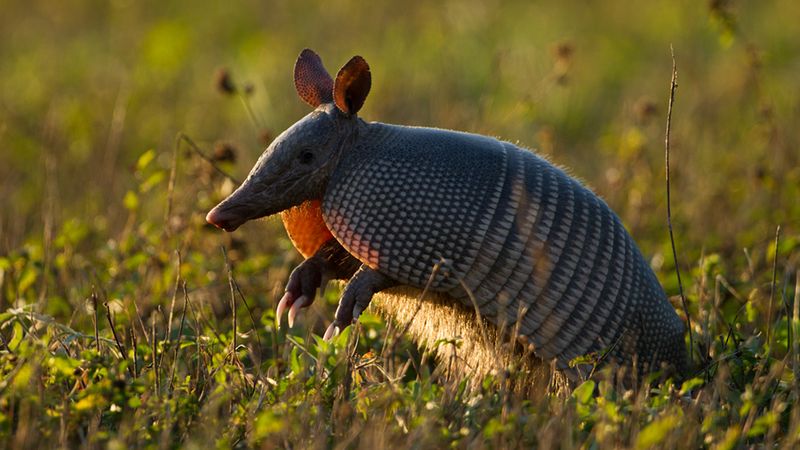
In the diverse landscapes of Texas, the nine-banded armadillo scurries through fields and forests. Known for their unique armored shells, these creatures spark curiosity and debate. Armadillos’ digging habits can damage lawns and gardens, leading to mixed reactions from residents.
Conservationists highlight their role in controlling insect populations, advocating for coexistence. Each armored shell is a symbol of nature’s ingenuity and resilience.
The armadillo’s presence in Texas underscores broader discussions about wildlife management and human-wildlife interactions. Their journey through the Texas terrain is a testament to adaptability and the challenges of cohabitating with wildlife.
Utah – Greater Sage-Grouse
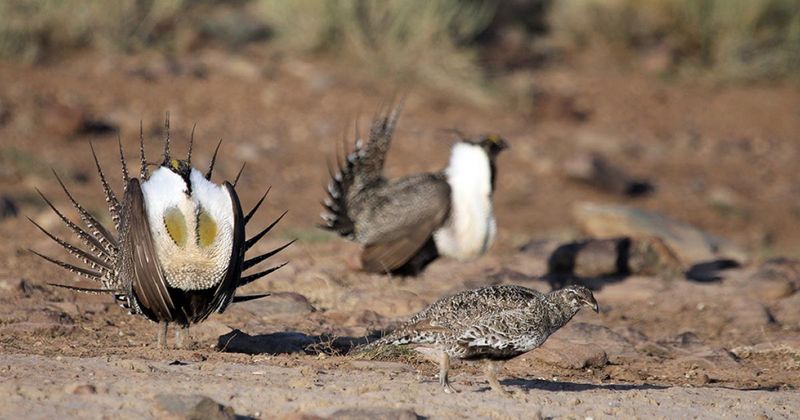
In Utah’s sagebrush landscapes, the greater sage-grouse performs a dance that’s both captivating and controversial. Known for their striking courtship displays, these birds are symbols of the American West.
Habitat loss and energy development threaten their populations, leading to heated debates. Conservationists push for protected areas, while industries advocate for resource access.
Each grouse’s call in the sagebrush underscores the delicate balance between conservation and progress. The greater sage-grouse’s presence in Utah highlights the complexities of managing wildlife amidst competing interests. Their dance is a reminder of the need for thoughtful stewardship of natural resources.
Vermont – Eastern Moose
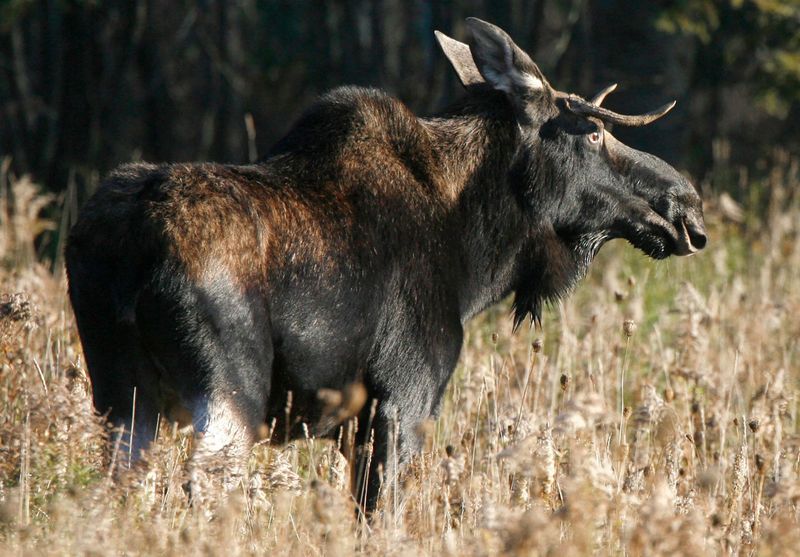
In the lush forests of Vermont, the Eastern moose strides with authority and grace. These massive creatures are both admired and controversial. As their populations fluctuate, concerns about vehicle collisions and habitat protection arise.
Moose symbolize the wild, untamed spirit of New England, yet face challenges from climate change and human encroachment. Each sighting is a testament to nature’s grandeur and the need for conservation.
Wyoming – Greater Yellowstone Grizzly Bear
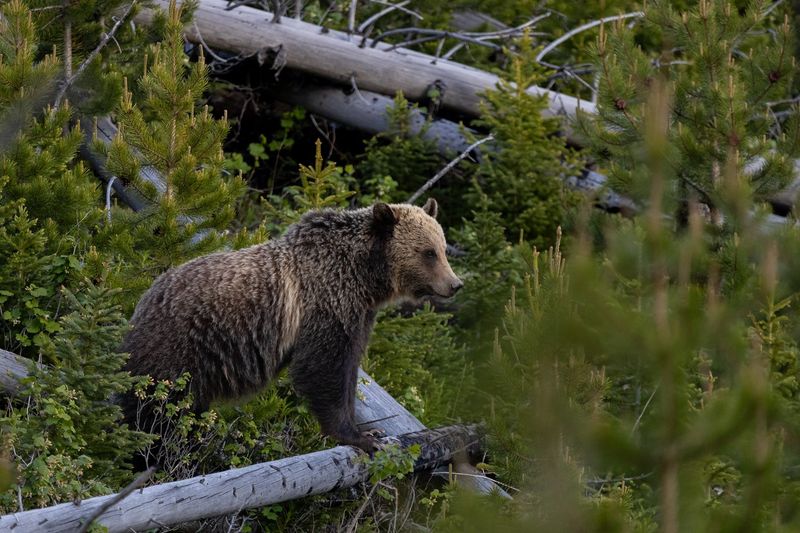
In the heart of the Greater Yellowstone Ecosystem, the grizzly bear reigns supreme. Known for its immense size and strength, this bear is both revered and feared. Its presence is vital for maintaining ecological balance.
Despite its significance, debates rage over its protection status. Ranchers and conservationists often clash, highlighting the bear’s complex role in human-wildlife interactions. Efforts to delist it from the Endangered Species Act have added fuel to the fire.
Virginia – Eastern Cougar
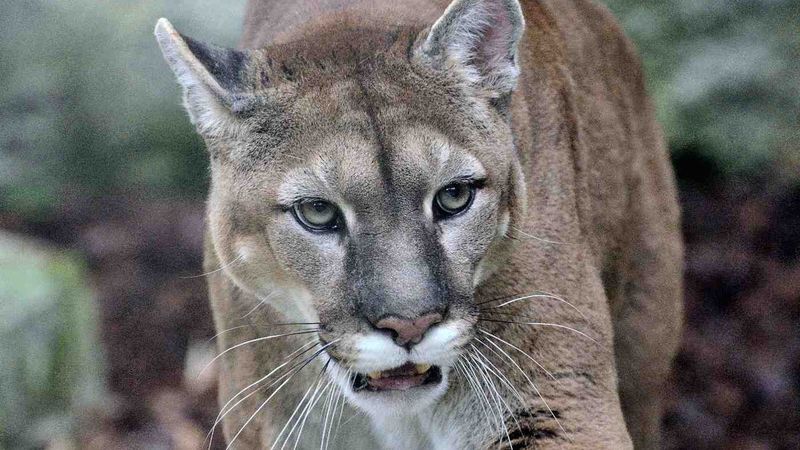
Ghost of the Eastern woods, the Eastern Cougar’s presence in Virginia is often debated. Sightings are rare, leading to questions about its actual existence. Some argue it’s merely a myth, yet reports persist.
Few creatures spark as much intrigue. The cougar’s adaptability is legendary, thriving in various environments. Its elusiveness adds to its allure, making it a symbol of wilderness.
West Virginia – Allegheny Woodrat
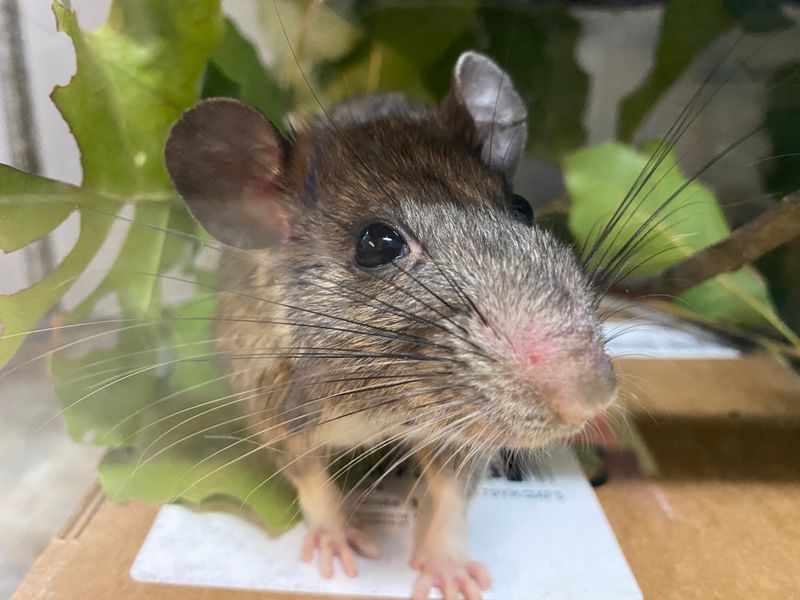
In the rugged terrain of West Virginia, the Allegheny Woodrat scurries about, its large eyes observing the world. As a species of concern, its habitat is threatened by deforestation and human encroachment.
This small rodent plays an essential role in seed dispersion, aiding forest regeneration. Its decline signals broader environmental issues. Conservationists work tirelessly to protect this vital creature.
A fascinating trait is its love for shiny objects, often collecting them in its nest. This quirky behavior has earned it the nickname “the packrat of the East.”
Wisconsin – Timber Wolf
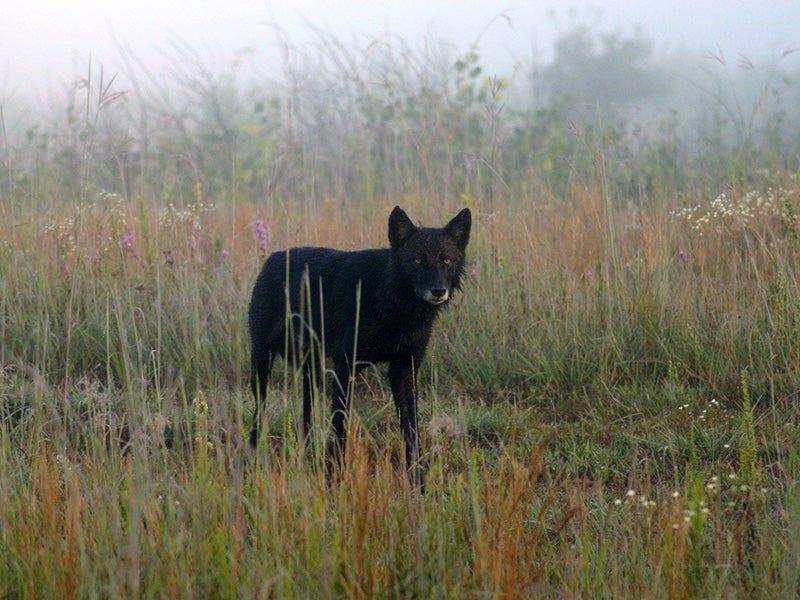
In the snowy landscapes of Wisconsin, the timber wolf stands as a symbol of wild beauty. Known for its intricate pack dynamics and haunting calls, it captivates those who hear its song.
Controversy arises from its interaction with livestock. Farmers view it as a threat, while conservationists see it as a keystone species. The debate over its management is intense, reflecting broader themes of coexistence.
Wyoming – Sagebrush Lizard
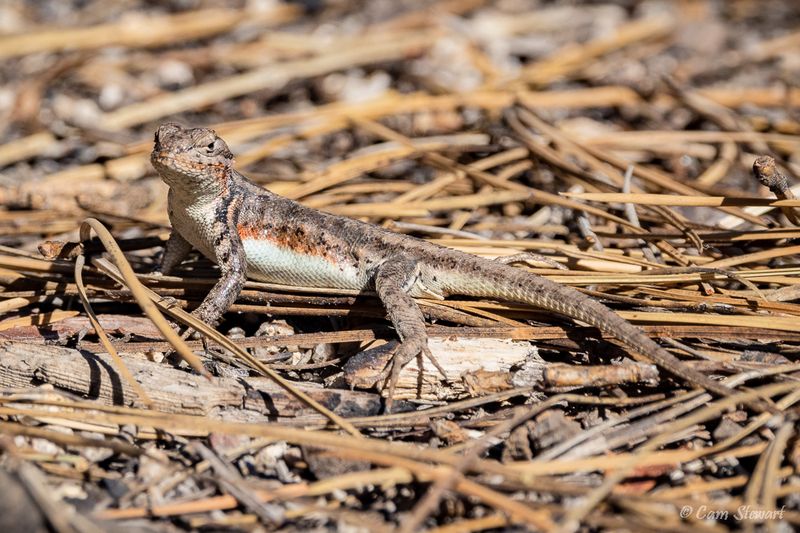
Basking in the sunlit landscapes of Wyoming, the Sagebrush Lizard is a small yet spirited creature. Its vibrant scales glisten under the desert sun, offering a visual spectacle.
Though tiny, its role in controlling insect populations is vital. The lizard’s presence indicates a healthy ecosystem, yet its habitat faces threats from development and climate change.

